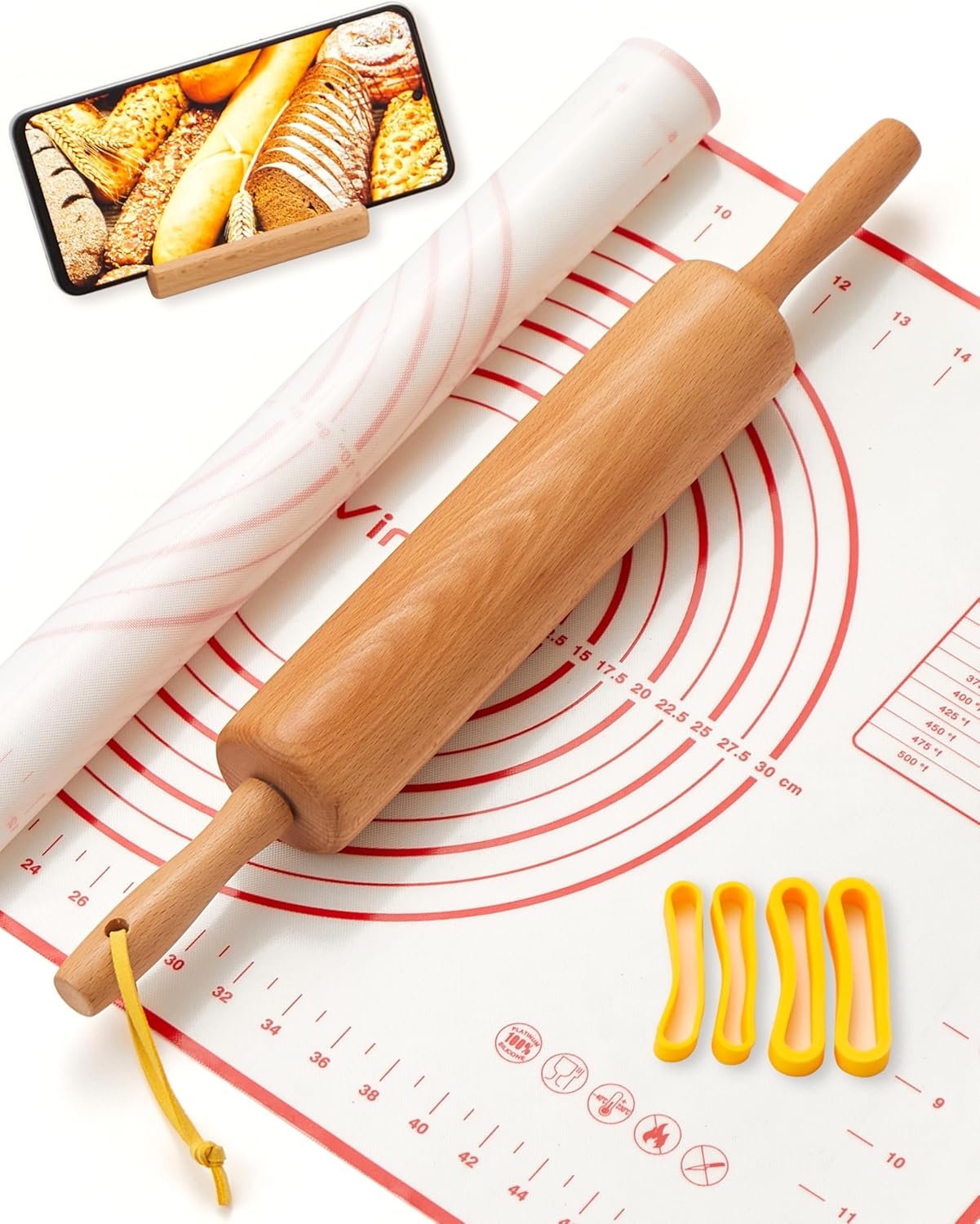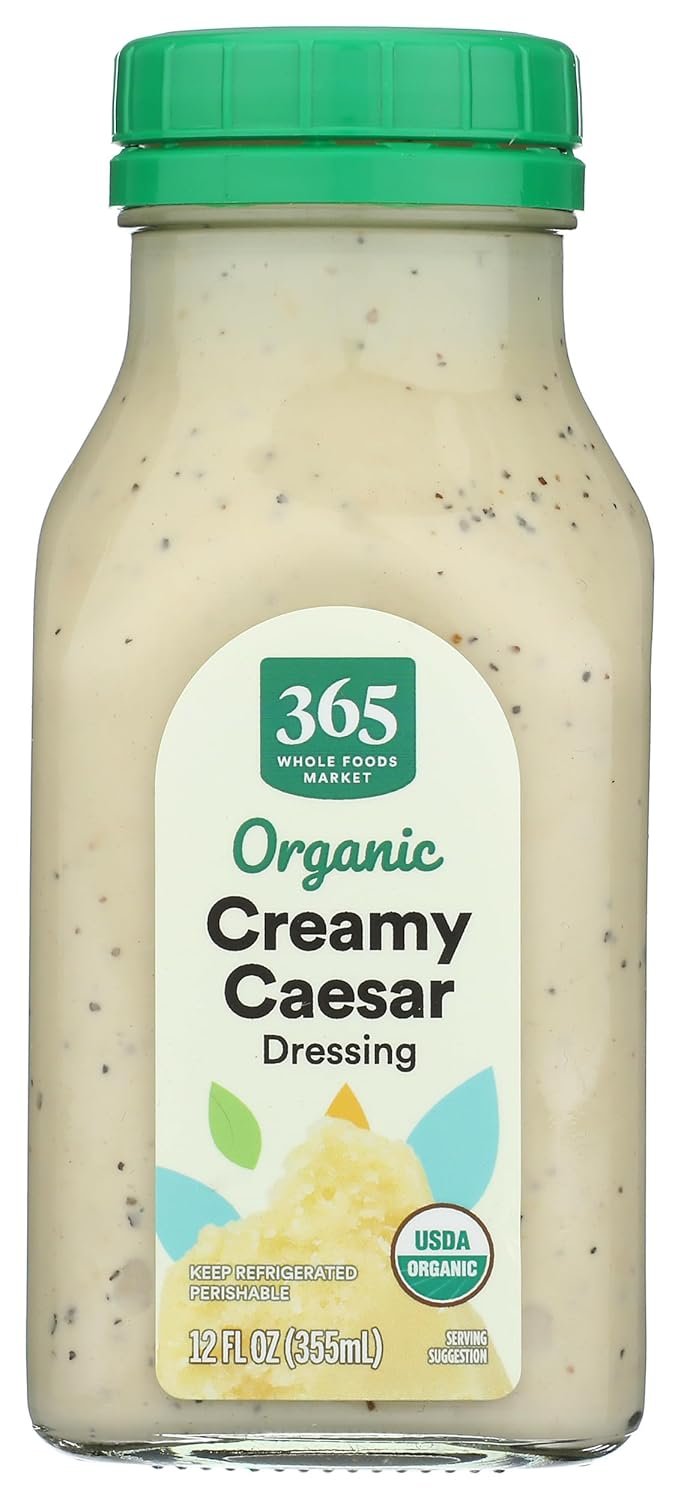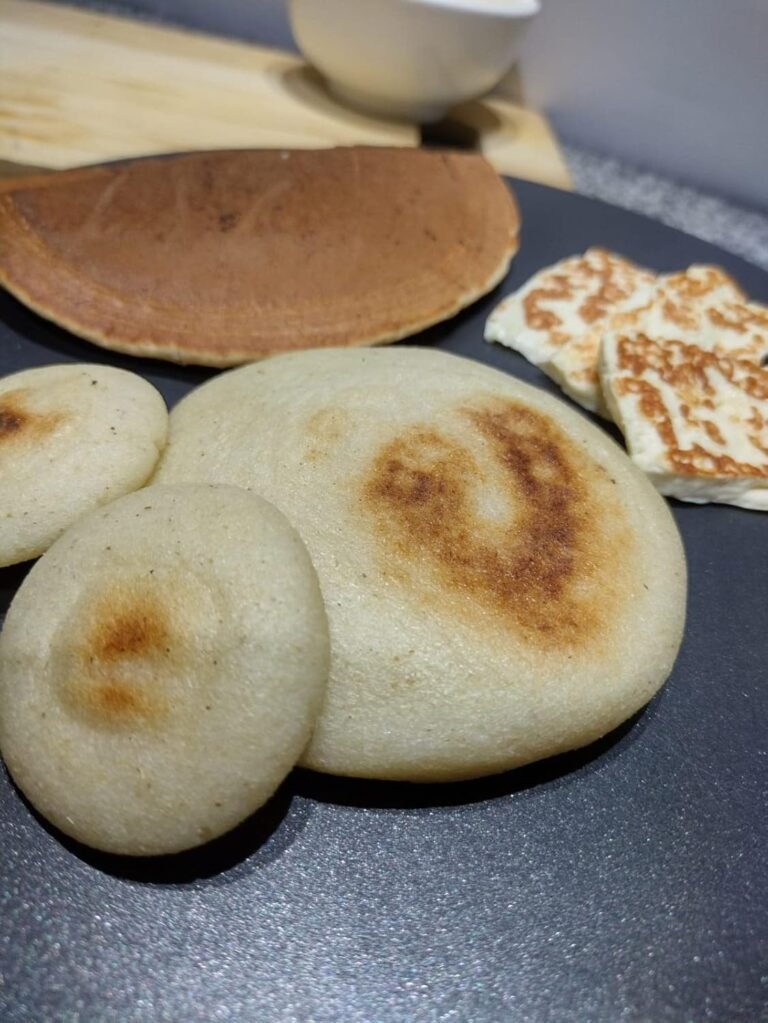Apple Pie
Introduction to Apple Pie: A Timeless Classic
Apple pie, an emblem of comfort and warmth, possesses a rich history that spans centuries. Its origins are often traced back to the ancient Romans, who first utilized apples in pie form. However, it was in the United States that apple pie truly flourished, becoming deeply ingrained in American culture as a symbol of home and tradition. The phrase “as American as apple pie” encapsulates the dessert’s significance, highlighting its position as a hallmark of culinary heritage in the country.
This beloved dessert is not merely a dish but a canvas on which bakers can express creativity, resulting in numerous variations worldwide. From the classic double-crust apple pie, with its flaky layers, to fascinating regional adaptations, such as Dutch apple pie topped with crumbly streusel, the possibilities are virtually endless. Each variation brings its own unique characteristics, often influenced by local ingredients and cultural practices, making apple pie a versatile dessert cherished across different nations.
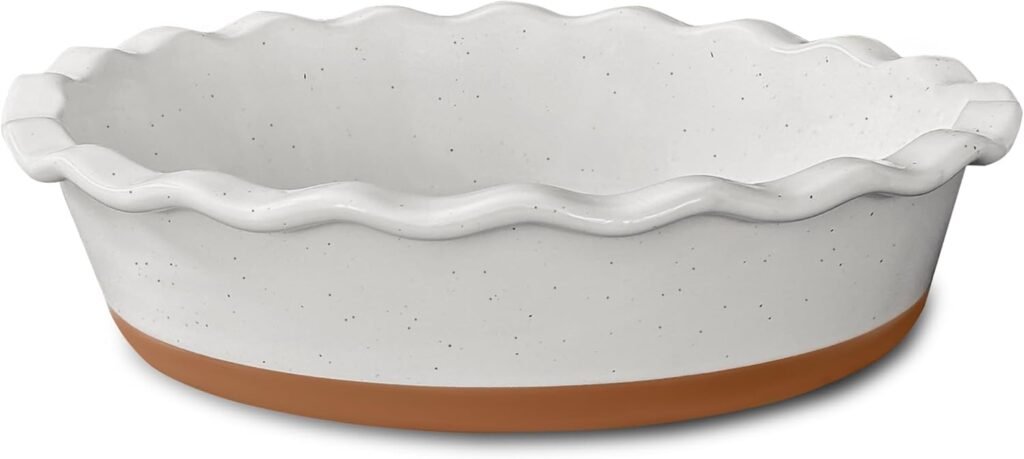
When it comes to crafting the perfect apple pie, selecting the right apple varieties is critical. Some popular options include Granny Smith, known for its tartness, and Honeycrisp, with its crisp texture and balance of sweet and tart flavors. Other contenders, like Fuji and Braeburn, can also elevate the final product, imparting distinct tastes and textures to the pie. Pairing different apples can create a delightful complexity in flavor, enhancing the overall experience.
Additionally, a classic apple pie typically requires essential ingredients such as sugar, cinnamon, nutmeg, and a buttery crust that perfectly frames the filling. This combination not only highlights the natural sweetness of the apples but also contributes to the pie’s delectable aroma as it bakes. As we delve into the recipes and tips that follow, understanding the foundational aspects of apple pie will enhance one’s baking experience.
Step-by-Step Apple Pie Recipe
Creating a classic apple pie from scratch is a rewarding culinary endeavor that brings together simple ingredients and techniques. The first step in pie-making is gathering all necessary ingredients. For the filling, the best types of apples include Granny Smith, Honeycrisp, or Braeburn, as they provide a perfect balance of sweetness and tartness. Additionally, you will need granulated sugar, brown sugar, ground cinnamon, nutmeg, and a pinch of salt. For the crust, you can either choose to use a store-bought pie crust or make your own using all-purpose flour, butter, salt, and ice water.
Once you have your ingredients ready, start by preparing the apples. Begin by washing and peeling approximately 6 to 8 medium-sized apples, then core and slice them into thin pieces. An efficient and quality knife is essential for this task, as it ensures even, safe slices. Combine the apple slices with the sugars and spices in a large mixing bowl. Stir gently to coat the apples evenly, allowing them to slightly macerate for about 15 minutes, enabling the flavors to blend and juices to form.
If you opt to make your own crust, in a separate bowl, mix the flour and salt before cutting in the butter until the mixture resembles coarse crumbs. Gradually add ice water until the dough comes together. Divide it in half, shape into discs, wrap in plastic, and refrigerate for at least 30 minutes. Roll out one disc to fit a 9-inch pie dish, then fill with the apple mixture. Place the second rolled disc on top, crimping the edges to seal. Be sure to cut small slits in the top crust for steam to escape during baking.

For the baking process, preheat your oven to 425°F (220°C). Bake the apple pie for 15 minutes, then reduce the temperature to 350°F (175°C) and continue baking for an additional 35 to 45 minutes, or until the crust is golden brown and the filling is bubbly. Using quality bakeware, such as a durable pie dish, will contribute to even baking results. Let the pie cool for at least two hours before serving to allow the filling to set, ensuring each slice holds its shape beautifully.
Tips for the Perfect Apple Pie: Avoid Common Mistakes
Creating the perfect apple pie can be a rewarding endeavor, but several common mistakes can hinder your success. One significant issue is a soggy crust, which can result from using wet apples or insufficiently blind-baking the pie crust before adding the filling. To prevent this, it is essential to choose the right mix of apple varieties, such as Granny Smith and Honeycrisp, for optimal texture and flavor. Moreover, consider sprinkling a thin layer of flour or cornmeal on the bottom crust to absorb excess juice.
Another crucial aspect of crafting a delicious pie is achieving the right balance of sweetness. As apples naturally vary in their sweetness levels, adjust your sugar content accordingly. Many bakers also recommend adding a pinch of lemon juice to amplify the flavor and counteract any overly sweet notes. It is advisable to taste-test the apple mixture before pouring it into the crust to ensure a satisfying sweetness.
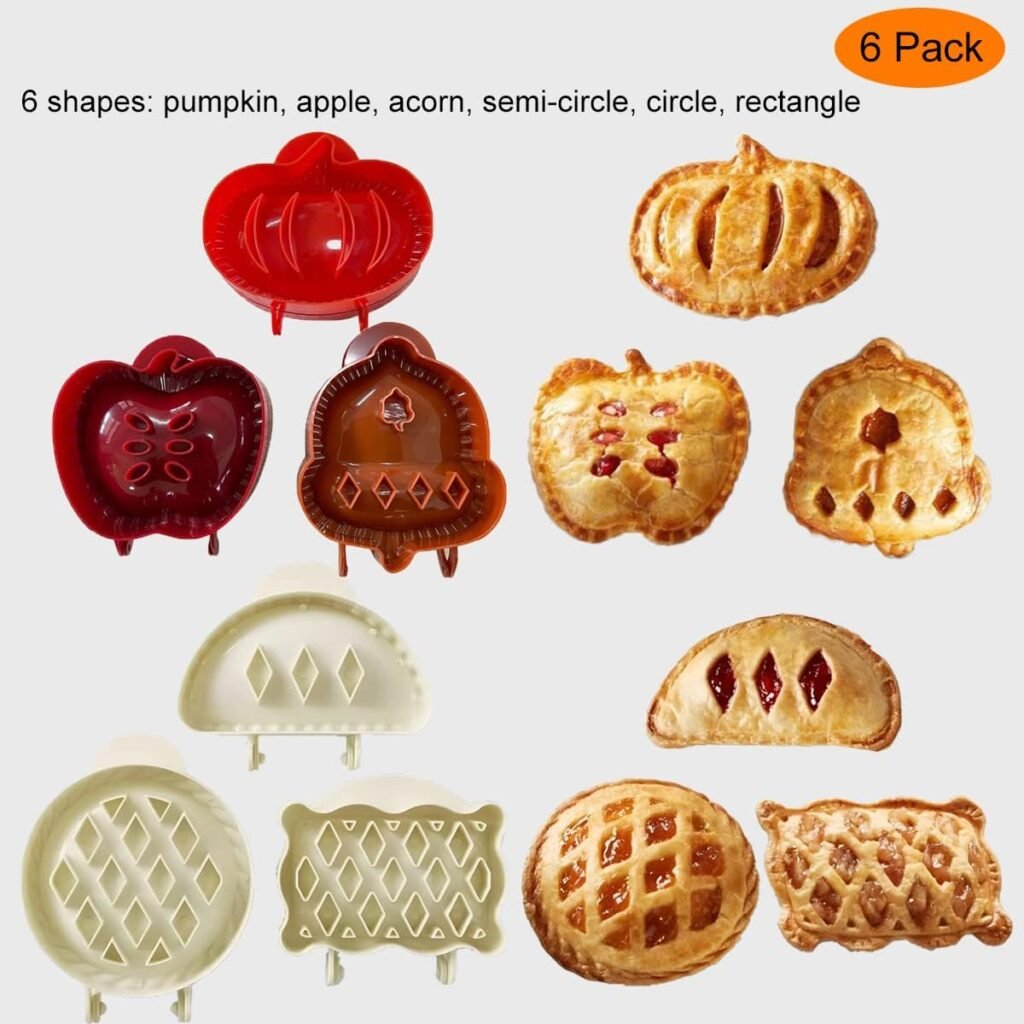
Pay close attention to your baking time and temperature. Baking the pie at a higher temperature initially helps set the crust properly, locking in moisture while later reducing the temperature allows the filling to cook evenly. A thermometer can be a valuable tool in this process, enabling you to check for a perfectly golden crust and properly cooked filling.
Cooling your pie adequately is another vital step that should not be overlooked. Allowing your apple pie to sit for at least an hour after baking helps the juices thicken, keeping the filling from running when sliced. Consider serving your apple pie with complementary toppings such as ice cream, caramel sauce, or even a sprinkle of cinnamon for an enhanced culinary experience. For added finesse, decorative tools can help shape and enhance the crusta visually appealing design. Utilize pie weights during blind-baking and embrace quality tools for optimal results.
Exploring Variations: Creative Twists on Apple Pie
Apple pie is a beloved classic that has stood the test of time, but there are countless creative variations that can elevate this traditional dessert into something uniquely delightful. One popular twist is the caramel apple pie. By incorporating rich caramel sauce into the filling, you not only enhance the natural sweetness of apples but also introduce a luxurious texture that tantalizes the taste buds. Adding a layer of caramel over the top before serving will surely impress your guests.
Another enticing variation is the apple crumb pie, which substitutes the topcrust with a crumb topping made from oats, flour, and butter. This adds a crunchy element that beautifully complements the soft and juicy apple filling while giving a rustic charm to the dessert. For those looking for dietary alternatives, a gluten-free or vegan apple pie can be wonderfully satisfying. Using gluten-free flour blends or coconut oil can result in a delectable crust, while maple syrup or agave can sweeten the filling without traditional sweeteners.
To further inspire creativity in your apple pie endeavors, consider experimenting with various add-ins. Nuts such as walnuts or pecans can lend a delightful crunch, while dried fruits like cranberries or raisins introduce a contrasting texture and a burst of flavor. Different spices, ranging from cardamom to nutmeg, can be woven into the filling to create layered complexities. Utilizing specialty ingredients, such as flavored extracts, can also engage the palate; a dash of vanilla or almond extract can completely transform the dessert’s profile.
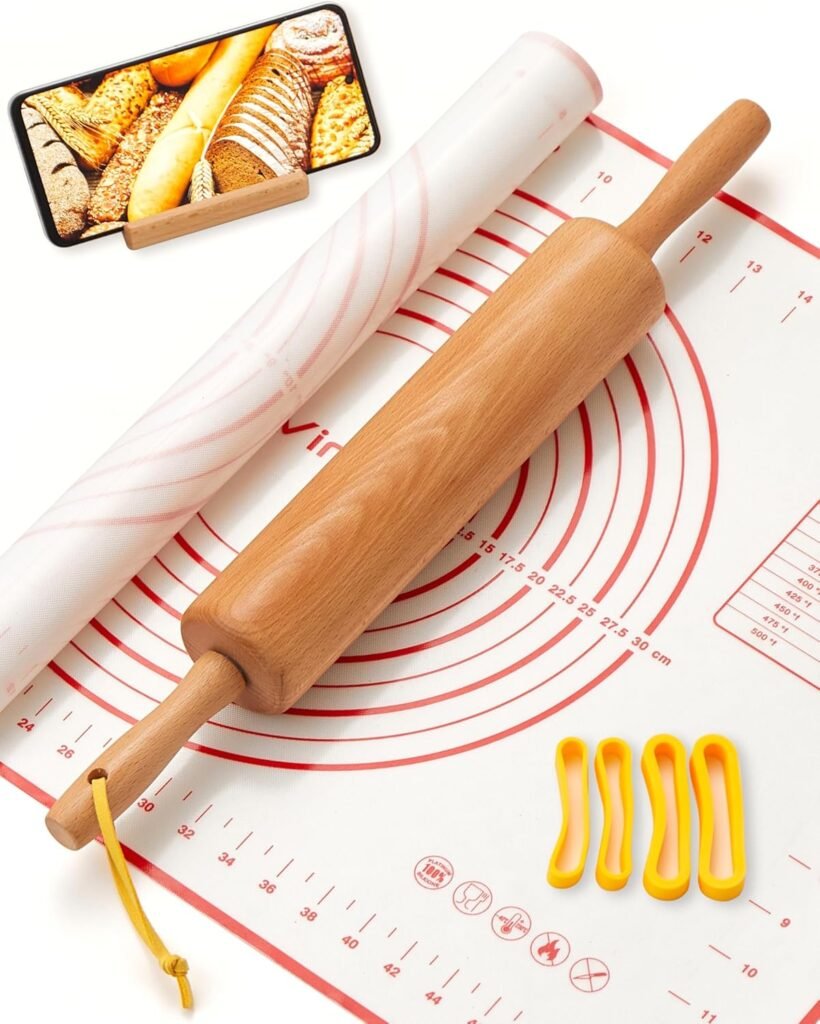
Finally, some must-have kitchen gadgets may enhance your apple pie experience, including pie crust shields to prevent burning and decorative pie cutters to add visual appeal. With these variations, the possibilities are endless, ensuring that your apple pie becomes a canvas for creativity that will surprise family and friends alike.

